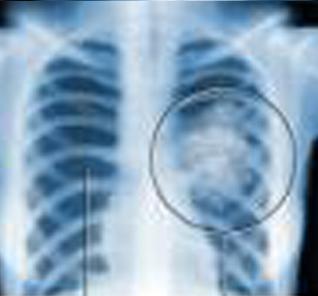|
|
Conditional Relative Survival Of Cancer Patients
And Conditional Probability Of Death: A French National Database
Analysis.
Main Category: Cancer / Oncology
Also Included In: Prostate / Prostate Cancer; Colorectal Cancer
Patients often ask at what milestone year after treatment for
cancer they might consider their risk to be minimal for a
recurrence. This time point decreases much of the anxiety patients
live with. There is little information about the conditional
probability of death among patients greater than 5 years after a
diagnosis of cancer.
A study in the online edition of Cancer, by Dr. Anne-Marie Bouvier
and associates used a French national database to estimate the
conditional probabilities of death for cancers of the breast,
prostate, colon and lung in France.
The database included 205,562 incident cancer cases diagnosed
between 1989 and 1997 in patients 15 years of age and older in 12
French administrative areas that cover 15% of the French
population. The relative survival was defined as the ratio of the
observed survival in the cancer patients under study to the
expected survival of a general population with similar sex, age
and year of death. This reflects the excess mortality in the
cancer patient group relative to the background mortality. The
probability of death between time t0 and t1, conditional on having
survived until t0, is related directly to the excess mortality
rate.
For prostate cancer, the 5-year relative survival rate differed
according to age at diagnosis, increasing from 70% in men age <55
years at diagnosis to 83% in men age >65 years. The gap increased
10 years after diagnosis with a difference of 15 points between
the 2 age groups (57% vs. 72%). The 10-year relative survival rate
conditional on patients surviving 5 years after diagnosis was the
worst for the youngest patients, but did not vary with age at
diagnosis. In the first year after diagnosis, the probability of
dying was low and was slightly higher for men aged <55 years at
diagnosis (6.9%) compared withholder men (4%). In the second year
it increased and then progressively decreased after year two until
year seven for all age groups. From year 8 to year 10 the
probability of dying increased for all age groups. The probability
of dying during the tenth year was 4.4% for men ages 15-54 at
diagnosis, 3% for men who were ages 55-64 at diagnosis, and 3.1%
for men who were greater than 65 years at diagnosis.
For colorectal cancer, from years 1 to 10 after diagnosis the
annual probability of death decreased dramatically. It was the
same for all age groups after 3 years and was 1% at 10 years. For
patients with breast cancer, during the 3 years after diagnosis
the probability of death was greater for older patients, but it
decreased less for younger patients compared with older patients.
This led to a greater conditional probability of death among
younger patients at 4 years and up to 10 years. For lung cancer
patients, the annual probability of death decreased for both sexes
but remained higher for men than women, at 8% and 5%, respectively
at 10 years.

|
|





